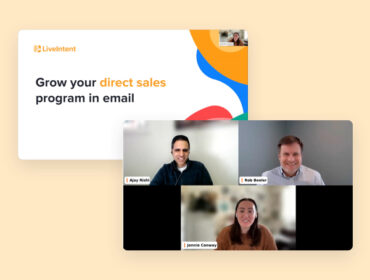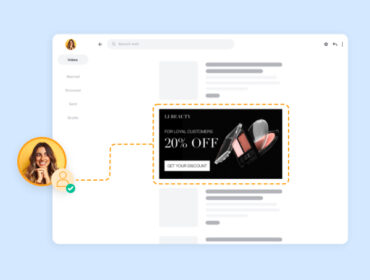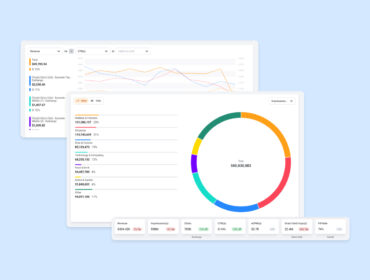3 publishing priorities for 2023
Google delayed third-party cookie deprecation yet again, presenting publishers with additional runway to better prepare their business operations for the tremendous disruption that awaits. While Google certainly can delay once again, publishers mustn’t sit idly by. Preparing for a cookieless future will be essential to securing success well beyond 2023. Here are three priorities for driving publisher success in the short and long term.
1 – Collect and activate first-party data
First-party data is and will continue to be, vital to how publishers inform monetization strategies, connect their advertiser partners to their desired audiences, and improve customer experiences. Fortunately for publishers, they have a wealth of first-party data available at their fingers that can help them drive revenue and navigate a cookieless world. To do so, however, publishers will need to continue leveraging strategies and tactics that help them build a robust first-party database while activating what is already available to them.
The email newsletter is a powerful channel that can be used for more than content distribution. With solutions like LiveIntent’s, publishers can transform their email newsletters into a revenue channel that also helps publishers grow and activate their first-party data.
The New York Times, for instance, has seen tremendous success with its email newsletter program. By collecting email and website data and insights on reader behavior, preferences, and interests with its email newsletters, The New York Times improves advertising targeting and personalization, increasing the likelihood that audiences will engage with ads and ultimately drive increased revenue.
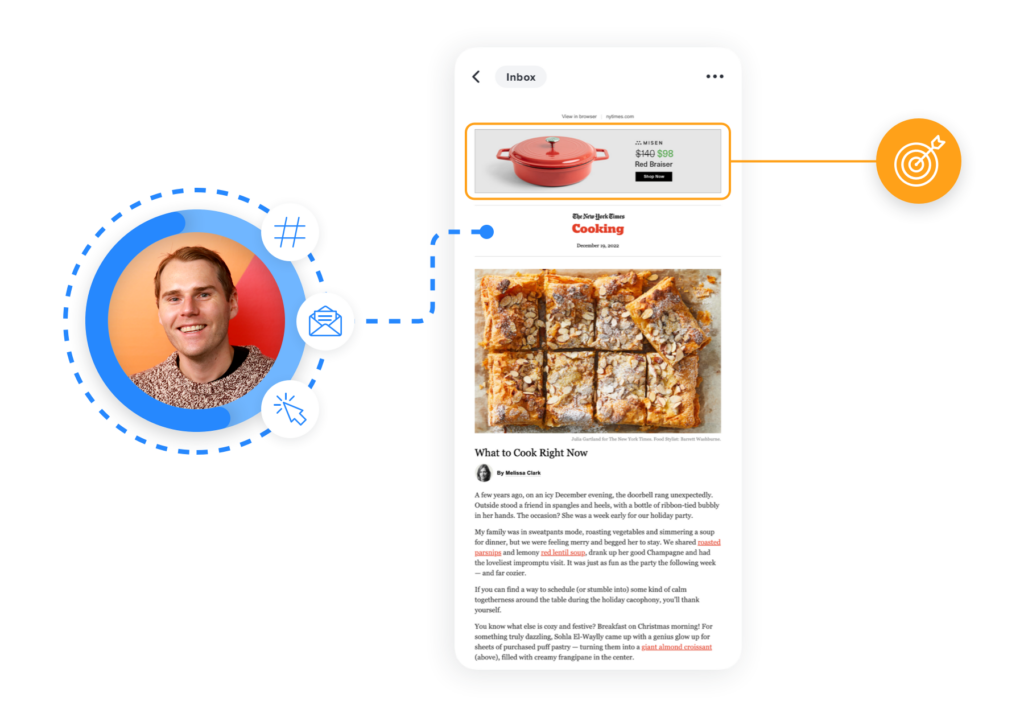
The New York Times applies the same principles to its products and services. The NYT can deliver curated advertising messages to specific audiences with first-party data like email subscriptions. For instance, The NYT can suppress subscribers of its Crossword App from its crossword subscription campaign by leveraging first-party data. Doing so enables NYT to improve its customer experience by sparing its crossword subscribers from irrelevant and redundant messaging and optimizing marketing and revenue opportunities. The newsletter program has also successfully converted new readers into long-term subscribers, who eventually become paid subscribers.
2 – Build a unified customer view
If it’s not already a priority for your business, gathering and connecting data points from different online and offline sources to establish a unified customer view should be top of mind in 2023.
A unified customer view is vital to making the most of your first-party data and can have an enormous impact on your business. With a unified customer view, publishers gain a clearer picture of their audience, which helps unlock critical insights that can inform audience segmentation, marketing, and monetization opportunities. Moreover, a holistic view of your customers helps engage audiences with more relevant and personalized online and offline experiences, leading to increased revenue.
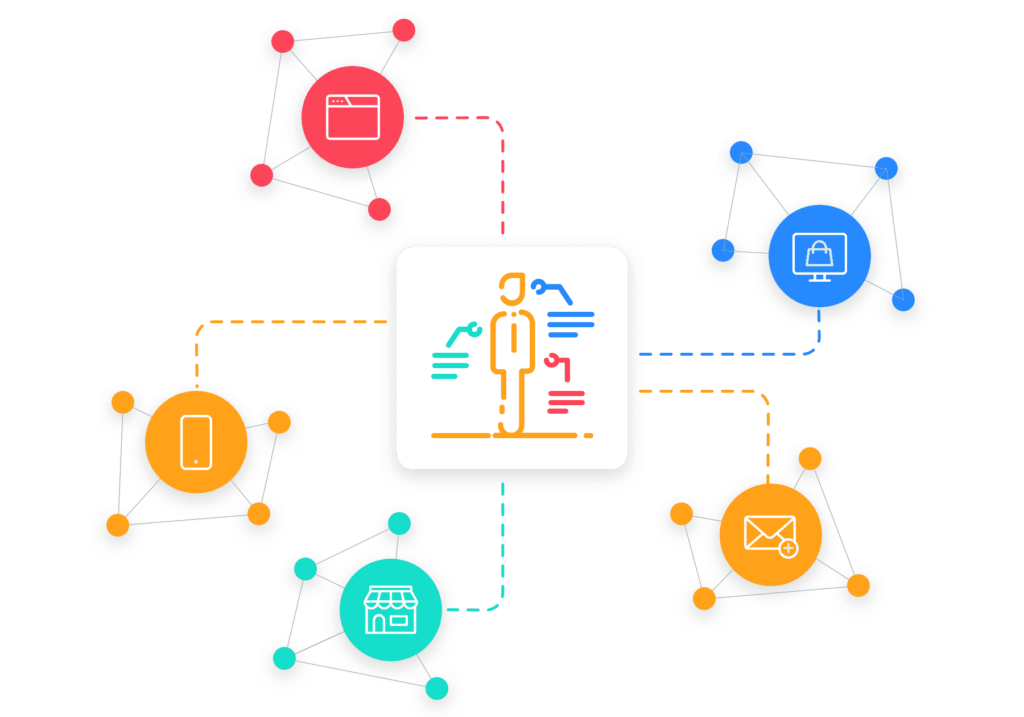
Identity graphs will play a key role in data unification
Establishing a unified customer view is one of the ultimate ways to take control of your data and drive success in 2023 and in a cookieless world. Crucial to this endeavor, however, is the identity graph.
Identity graphs are the backbone of sophisticated advertising and marketing initiatives. They help businesses gather, connect, and unify data across disparate online and offline sources, platforms, channels, and devices. Identity graphs that place the email address at its core provide a solid long-term solution as they provide the right combination of ad tech and martech signals that connect first-party cookies to the ecosystem. Savvy publishers recognize this and are leaning on the email address as the foundation for creating their identity graphs, especially as we approach third-party cookie deprecation. For instance, with LiveIntent’s Identity Graph, publishers can connect organic interactions across the digital ecosystem to an encrypted email hash to best engage their customers in real-time — without third-party cookies — wherever they are.
3 – Test identity solutions
In a recent study by the IAB, publishers were asked to rate their company’s preparedness regarding the loss of third-party cookies and identifiers on a scale of 1 to 5, with 1 being the least prepared and 5 being the most prepared. The results indicated that, on average, publishers felt their preparedness rated a 3.6. Considering the gravity of third-party cookie deprecation on digital advertising, publishers should feel better equipped to tackle the upcoming changes.
While Google has delayed the deprecation of third-party cookies several times, publishers shouldn’t sit on their hands. Instead, publishers must take advantage of delays to test different solutions, determine which identity solution suits their business and existing tech stack, and build cross-departmental workflows to ensure collaboration.
What to look for in identity solutions
When considering identity solutions providers, publishers should run a match test, confirm data sources and acquisition recency, check if real-time access is available, confirm data sources and acquisition recency, understand the provider’s matching methodologies, and ensure they can maintain ownership of their data. These considerations are vital to securing an identity solution to help you reach your business goals and navigate the fragmented and complex digital landscape.
